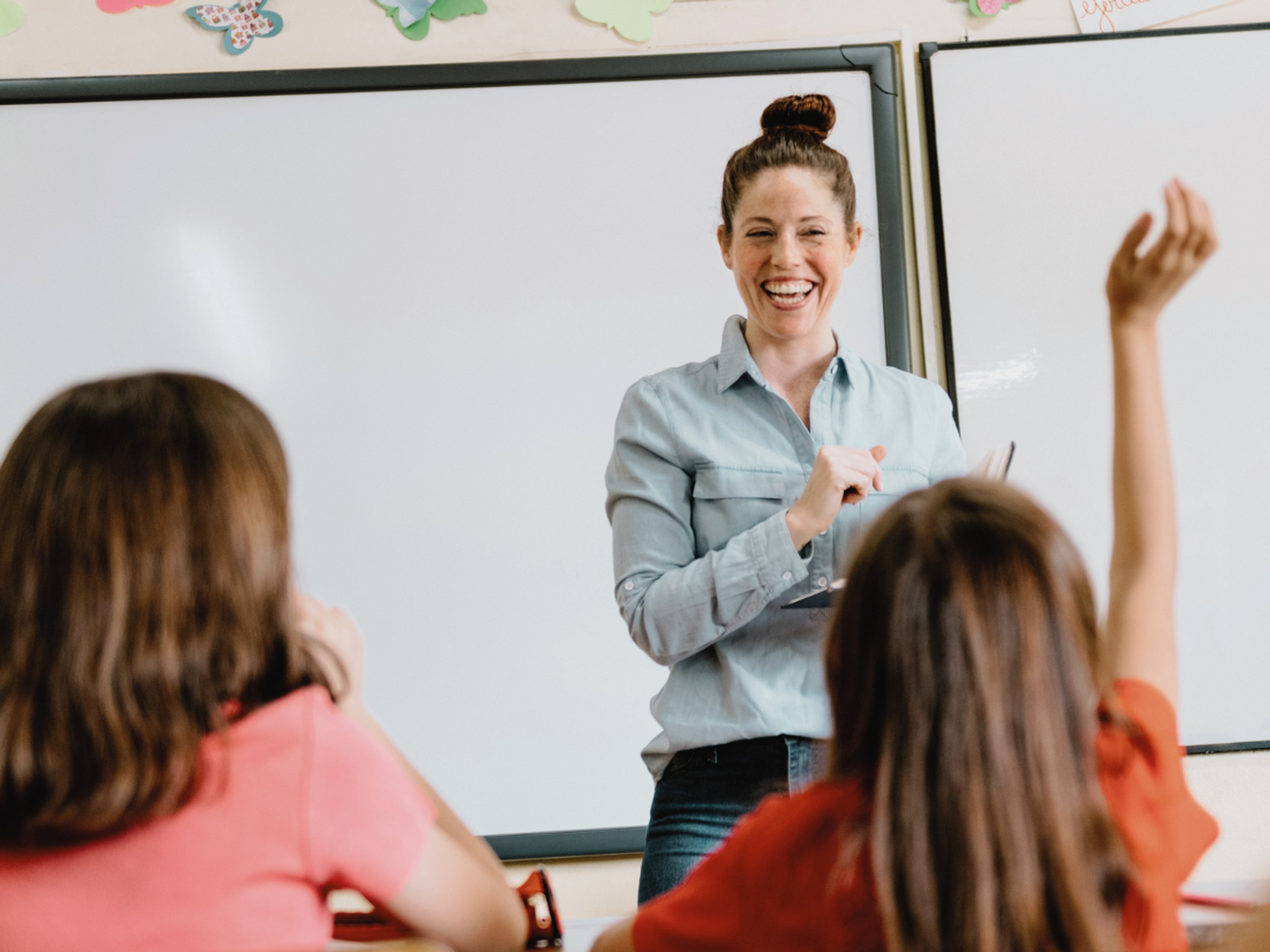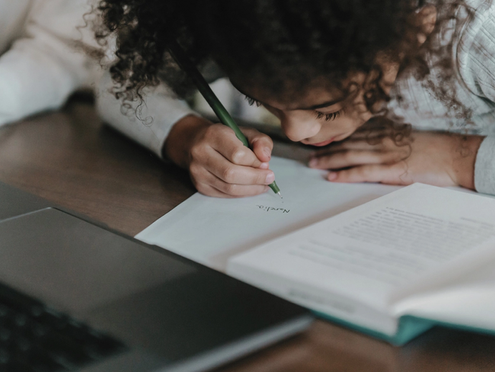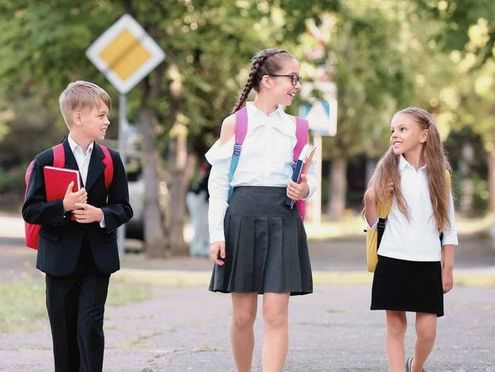Just under 1.5 million pupils in England have special educational needs (SEN), which is an increase of 77,000 learners from 2021.
SEN support is provided by individual schools for some learners’ needs, while Education, Health and Care Plans (EHCPs) are put in place for more complex needs. EHCPs are created after a formal assessment and document a child’s needs, as well as the extra help they should receive. The percentage of learners receiving SEN support has increased to 12.6%, while the percentage with an EHC plan has risen to 4%.
This increase in figures follows an upward trend since 2016, with the number of learners with SEN support increasing by 14% since 2016, and those with an EHC plan increasing by 50% over the same period. This is across all school types, apart from state-funded nurseries, with the largest increase in EHC plans in primary education.
Primary schools are essential for laying down literary and educational foundations for all learners, including the 13% of students in primary school with SEN support and the 2.3% with an EHC plan.
Educators and pastoral staff at the primary level play a vital role in ensuring children with special educational needs are fully able to take part in, and have a positive experience of, mainstream education. This means creating an inclusive learning environment that respects diversity and in which all students can participate, as barriers have been removed and the variety of learning abilities has been considered.
What are the different types of special educational needs?
In the SEND (Special Educational Needs and Disability) Code of Practice, the government groups SEND into the following four broad areas of primary need:
Communication and interaction
- Speech, language and communication
- Autistic spectrum disorder (ASD)
Cognition and learning
- Specific learning difficulties, including dyslexia, dyscalculia and dyspraxia
- Learning disabilities
- Profound and multiple learning difficulties
Social, emotional and mental health
- Social, emotional and mental health – this includes a diverse range of difficulties, such as phobias, anxiety, depression, attachment difficulties, eating disorders, habit disorders, self-harm, substance abuse, attention deficit disorder (ADD), attention deficit hyperactivity disorder (ADHD), disruptive disorder, schizophrenia and bipolar disorder.
Sensory and/or physical
- Physical disability
- Hearing impairment
- Visual impairment
- Multi-sensory impairment
Considering the total number of children with SEN support across all schools, the most prevalent category is speech, language and communication needs, followed by social, emotional and mental health needs, and thirdly by moderate learning difficulty. For those with an EHC plan, the most common type of need is Autism Spectrum Disorder.
How can special educational needs affect a child’s learning?
Just as there is a wide variety of special educational needs, there are also many different impacts these needs can have on the school environment – and not just on learning. Special educational needs can affect learners in many ways, including:
- Behaviour or ability to socialise, such as struggling to make friends or frustration with school work;
- Reading and writing, for example, if they have dyslexia or dyspraxia;
- Ability to understand things, for example, due to speech, language and communication needs;
- Concentration levels, for example, if they have ADHD;
- Physical ability, which can be linked to a range of SEND.
No two learners with special educational needs will have the same experiences or the same needs, even if they have been diagnosed with the same condition - this is important to consider when deciding how to accommodate all learners in your classroom.
There are some specialist resources in place to support SEN learners. These include SEN units, which are dedicated units within mainstream schools where learners with SEN are taught for at least half of their time in school.
There are also resourced provisions. These are places at mainstream schools for learners with specific needs, those who are taught mainly in mainstream classes but have specialist facilities and a base within the school.
As of the start of 2022, 377 schools in England have SEN units, while 1,125 schools have resourced provisions, and both resources are primarily used for learners with EHC plans. With around 24,000 schools in England, including over 16,000 primary schools, there is a large mismatch between learners’ needs and access to specialist support.
According to the Education Endowment Foundation (EEF), the attainment gap between learners with special educational needs and their peers is twice as big as the gap between learners eligible for free school meals and their peers. Yet, learners with SEND are also more than twice as likely to be eligible for free school meals, the qualifier for Pupil Premium support for disadvantaged students.
You can find more information on the attainment gap and pupil premium in our other blogs:
- The Pupil Premium: How To Use Funding To Support Literacy
- The psychological effects of the attainment gap
- Word Gap at Transition: supporting learners with the demands of secondary school
With need growing and too few specialist resources available, the challenge for primary classrooms is to close this disadvantage gap and support learners with SEN within their mainstream classes.
How can primary classrooms support learners with SEN?
Schools are required to identify and address the special educational needs of their learners and to fulfil their duties set out in the SEND Code of Practice. The EEF has developed guidance for schools to help them meet their duties, including the following five evidence-based recommendations for supporting pupils with SEND:
- Create a positive and supportive environment for all learners without exception
- Build an ongoing holistic understanding of learners and their needs
- Ensure all learners have access to high-quality teaching
- Complement high-quality teaching with carefully selected small-group and one-to-one interventions
- Work effectively with teaching assistants
For primary teachers, it’s about getting the balance right so that there are targeted interventions as required, but high-quality teaching and considerations to create an inclusive environment that reduces the need for extra support. Wherever possible, learners with SEN should be able to access the same high-quality teaching as their peers.
Where learners have an EHC, there is a clear plan of support and it’s about communication and management of that plan across the school and often externally with local partners. For those with SEN support and without an EHC, schools need to set out their own support plan, gaining input and advice from specialists as appropriate.
SEN support starts with the individual: Assess, plan, do, review
The EEF states that the primary need categories are a good place to start for schools putting SEN support in place, but that this is just the first step. Schools can create a menu of strategies to support communication, cognitive, behavioural and sensory needs, but for support plans and provision to be beneficial, they need to be based on each individual child.
Some children with SEN will not be diagnosed, some will have more than one SEN diagnosis, and children who are diagnosed within the same SEN category may have very different educational needs. Taking communication and interaction as an example, one child may have difficulty understanding language sounds, while another may struggle with social interaction. It’s about understanding each child’s learning needs and selecting the best support from the strategies available rather than placing them in a generalised support category associated with a diagnosed condition.
It's recommended that teachers follow a graduated process of assessing, planning, doing, and reviewing to establish an individual’s needs. A learner’s special educational needs will change over time; the process must be repeated regularly and be part of ongoing formative assessments, not a single one-time process.
How would a four-step SEN support process look in primary schools?
Assess
The class teacher works with the school’s SEN coordinator to create a clear analysis of the learner’s needs, drawing on other staff’s experience and assessment of the child, as well as those from previous settings and external providers as relevant. The child and their parents/carers are consulted, with their views and any concerns taken into account. Following an initial assessment, this step is repeated regularly to identify and address barriers to learning and support needs.
Plan
The support, interventions and expected outcomes are detailed within the child’s individual plan, with the child and their parents/carers as part of the decision-making process. The plan is shared internally with all staff who work with the learner, and provision is recorded on the school’s information system to keep track of support delivery, target setting and monitoring of outcomes. Staff development needs are considered in delivering the plan and external expertise is involved as required; for example, a speech and language therapist or an educational psychologist.
Do
The plan is implemented across the curriculum, including differentiation and scaffolding of tasks to support the learner in the classroom, alongside individual or small-group interventions. The school SEN coordinator works with the class teacher to oversee delivery and to observe and assess against planned outcomes.
Review
The class teacher and school SEN coordinator monitor provision and progress, using evidence from observations and assessed work. They meet with the child and their family at intervals across the school year to discuss progress, get feedback and involve them in any changes made to the plan, including if it needs to be amended or ceased. The plan is adapted depending on how effective it has been in delivering the agreed outcomes.
Creating a menu of support strategies for learners with SEN
When drawing up a learner’s SEN support plan, classroom teachers and the SEN coordinator can pull from a menu of support approaches and strategies to meet that learner’s needs. Strategies might be grouped by primary need or tiered: for example, classroom, intervention and enhanced.
Following are some support approaches primary schools might consider within their menu of SEN support strategies.
Use high quality teaching strategies flexibly
EEF guidance recommends using evidence-based teaching strategies flexibly in response to learners’ needs – flexible grouping, cognitive and metacognitive strategies, explicit instruction, scaffolding, and using technology to support learners with SEND.
Work closely with teaching assistants
According to the EEF, the effective deployment of teaching assistants (TAs) is critical for meeting special educational needs in mainstream schools. It recommends that TAs are not used as an informal teaching resource - for example, predominantly providing direct, one-to-one instruction with low-attaining learners - as this risks those learners losing out on whole-class teaching, not having time with their class teacher and missing opportunities to interact with peers.
TAs should add value to what teachers do, not replace them for pupils with SEN. TAs can work with students to develop independent learning skills and play an active role in the classroom, delivering high-quality one-to-one and small-group support as required.
Communicate with parents and therapists
The SEND Code of Practice is clear that learners, parents and carers should be actively involved in assessing the learner’s needs and the decision-making process at all stages, along with external therapists and specialists as outlined above in the assess, plan, do, review cycle.
The EEF backs this up, with evidence from the Teaching and Learning Toolkit suggesting that effective parental engagement results in learning gains of three months over the course of a school year.
Create a positive environment
This means creating an inclusive learning environment that supports all learners equally so that children with SEN have the same opportunity to benefit from high-quality teaching as their peers. A positive environment for learners with special educational needs should be reinforced in the classroom and across the school through strategies, routines, positive interactions and inclusive language.
Rather than referring to ‘SEN learners’ or saying a learner ‘is SEN’, talk about learners with special educational needs, showing that they are children who at that moment in time have specific needs. They are not defined by those needs and they are not a permanent characteristic.
Use specialist aids
There is a wide range of aids available to assist with special educational needs, such as timers for learners who struggle to concentrate; sitting supports such as seat wedges or foot balancers; handwriting tools, including pencil grips for children with dyspraxia and illuminated writing boards; and visual aids such as coloured overlays for children with dyslexia or visual prompts to support language and instruction.
Create a quiet zone
This is a peaceful spot where a learner with special educational needs can go if they become overwhelmed and unable to cope. It should be somewhere quiet and have a comfy place for them to sit with books and sensory toys or games.
How does Bedrock support learners with special educational needs?
To close the gap between advantaged and disadvantaged learners, the literacy improvement software learners use needs to be accessible - this is even more crucial when considering the gap is twice as wide for learners with special educational needs. For this reason, Bedrock’s user interface and activities have been constructed with special educational needs in mind:
Colour-contrasted backgrounds
An awareness of colour accessibility is in all of our videos, backgrounds and colour schemes, helping to make the text easily readable for learners with sensory and visual issues.
Human narration
All of Bedrock’s bespoke fiction and non-fiction prose is human-narrated. Not only does this help learners of all abilities and needs to retain new vocabulary, but this function is ideal for learners with dyslexia who may find themselves skipping over words or misunderstanding the sentence as a whole without additional auditory support.
Web-based
Bedrock’s literacy curricula are accessible from the web with no installation required. This means that any accessibility settings a learner has for the internet are also available for the Bedrock interface, such as zooming in, touch screen and more.
To learn more about how specific internet browser settings can be used to increase the accessibility of Bedrock, contact us through the form below.



